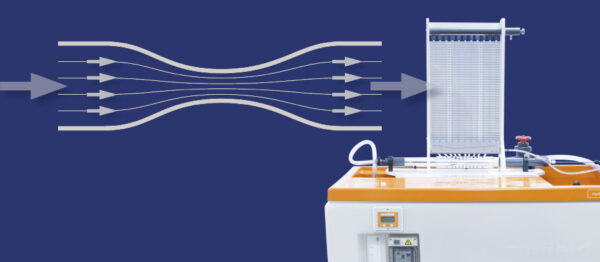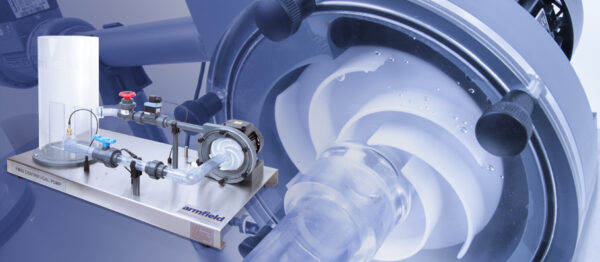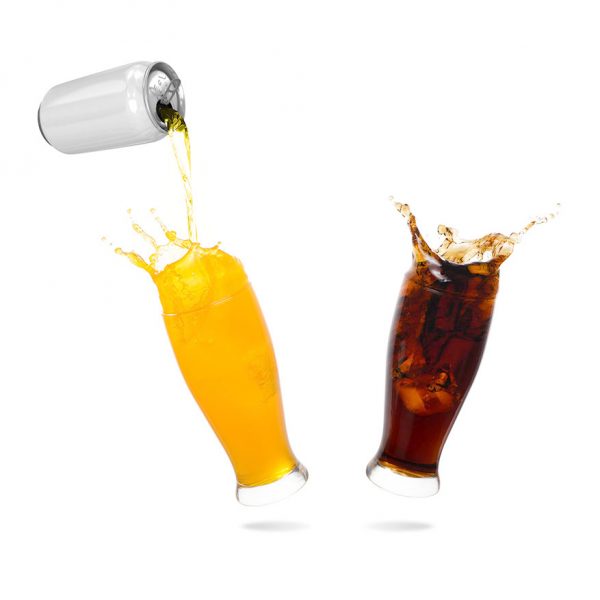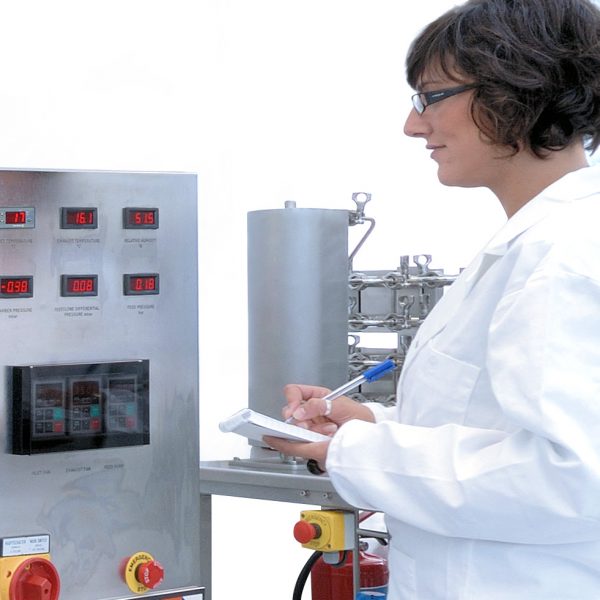Fluid Dynamics: The Importance of Proper Training

Fluid dynamics is the study of how liquids and gases behave and interact under various forces and in different environments. It is an exciting engineering discipline that lies at the heart of numerous industrial and scientific innovations, from the aviation industry to environmental engineering. As a proud employee of Armfield, a leading provider of Educational Training Equipment for Scientists and Engineers, I can confidently say that our solutions offer everything needed to master the fascinating world of fluid dynamics.

Understanding Fluid Dynamics
At its core, fluid dynamics examines the movement of fluids (both liquids and gases) and the forces acting upon them. Covering key principles such as fluid statics, fluid motion, conservation laws, and thermodynamics, the field offers a comprehensive analysis of behaviours critical to engineering and natural systems alike.
The properties of fluids—such as density, viscosity, and compressibility—determine how they behave under pressure, temperature changes, and external forces. From incompressible flows to turbulent flow, understanding these fundamental concepts is essential for solving complex flow problems in real-world applications.
Types of Fluids: Liquids and Gases
Although both are classified as fluids, liquids and gases exhibit vastly different behaviours. Liquids are generally incompressible, maintaining a constant volume under pressure, while gases are highly compressible and sensitive to temperature and pressure changes. Mastering the fluid kinematics of both types is vital in fields like aerospace, where flow separation and shock waves can have serious consequences on aircraft performance.
Real-World Applications of Fluid Dynamics
Fluid dynamics is everywhere. In aviation, pitot tubes measure airspeed and are crucial for flight safety—a topic we explore further in our article on pitot tubes and their role in aviation. In the automotive sector, fluid mechanics plays a significant role in aerodynamics and thermal management. Environmental engineers rely on multi-phase flow and heat transfer principles to design systems for water treatment and renewable energy applications.
These applications often rely heavily on CFD simulations and CFD software to model and predict outcomes. Mastery of CFD methods and CFD analysis has become a standard expectation for CFD practitioners and industry professionals across multiple sectors.
Fluid Dynamics Training: An Essential Investment
For anyone looking to launch an industrial or research career in engineering, fluid dynamics training is indispensable. Academic programmes, online courses, and hands-on workshops provide invaluable tools for gaining applied expertise.
Armfield offers a range of training solutions, including our F1-29 Fluid Statics and Manometry kit and the F1-38 Hele Shaw Apparatus, each designed to bring theoretical learning to life through hands-on experience.
Our equipment helps students and researchers delve into topics such as fluid statics, dimensional analysis, numerical methods, and even the Navier-Stokes equations. Whether you’re an undergraduate, a postgraduate, or a senior industry professional, the educational base provided by Armfield is second to none.
Choosing the Right Fluid Dynamics Training
When selecting a training programme, it’s essential to consider the course content, instructor expertise, and availability of hands-on learning opportunities. A good programme should offer comprehensive coverage of topics like fluid mechanics and heat transfer, grid generation, boundary conditions, and simulation results interpretation.
It is also wise to investigate whether the programme uses industry-standard software like ANSYS Fluent and offers experience in mesh generation, conservation laws, and the computational analysis sector.
At Armfield, we design our educational training equipment with the goal of meeting a broad range of education needs, ensuring that learners get access to the full breadth of fluid dynamics fundamentals.

Tips for Maximising Your Fluid Dynamics Training
Active participation is key. Ask questions, engage with case studies, and seek to understand the practical applications of what you’re learning. Using our equipment allows students to witness flow patterns and pressure drops first-hand, preparing them for both professional employment and independent study and project work.
Additionally, supplementing coursework with additional resources, like online modules on Applied Computational Fluid Dynamics (CFD applications) and turbulence modelling, can significantly deepen your understanding.
Key Topics in Fluid Dynamics Training
An excellent fluid dynamics course should cover:
- Fluid mechanics and heat transfer
- Fluid-structure interaction problems
- Applied Computational Fluid Dynamics
- CFD fundamentals, CFD codes, and advanced concepts
- Multiphase flow and incompressible flows
- Solution methods and numerical schemes
Training must also highlight modern computational capabilities and provide exposure to simulation results and real-world applications.
FAQS about Fluid Dynamics Training
What is Applied Computational Fluid Dynamics and how is it used in the field of engineering?
Applied CFD uses numerical solutions to solve real-world fluid flow problems. Engineers across various industries use CFD simulations for product design, analysis, and optimisation.
How does heat transfer play a role in fluid dynamics training?
Heat transfer is integral to fluid mechanics. Understanding how fluids move and transfer thermal energy is crucial in fields like HVAC systems, automotive cooling, and environmental engineering.
In what ways can a research career focus on fluid flow problems within the context of fluid dynamics?
A research career might involve investigating turbulent flow, developing new CFD methods, or enhancing simulation accuracy in complex environments like renewable energy systems.
What are some real-world applications for CFD simulations in industries outside of engineering?
Beyond engineering, CFD is used in biomedical flows for healthcare applications, in sports to optimise athlete performance, and even in film and video game graphics for realistic fluid animations.
Why Armfield Is Your Partner in Fluid Dynamics Training
At Armfield, we don’t just provide equipment—we provide comprehensive training solutions that empower future scientists and engineers. Whether you’re exploring fluid statics with our F1-29 module or delving deeper into real-world CFD applications, we support your journey every step of the way.
Our dedication to hands-on experience, educational excellence, and industry-led education sets us apart. Ready to take your understanding of fluid dynamics to the next level?
Contact Armfield today and discover how we can support your educational and professional aspirations!
You may also like:

Armfield can trace its history back over 130 years, throughout which, the Company’s policy of quality, innovation and service has helped it to maintain a strong market position and develop a reputation for industry leadership in the field of Engineering teaching.
Education Division
Operating since 1963, the Armfield Education Division designs and manufactures equipment for engineering education and research.
Industrial Division
The Armfield Industrial Division designs and manufactures research & development systems, primarily for the food, beverage, dairy, edible oil and pharmaceutical industries.




































